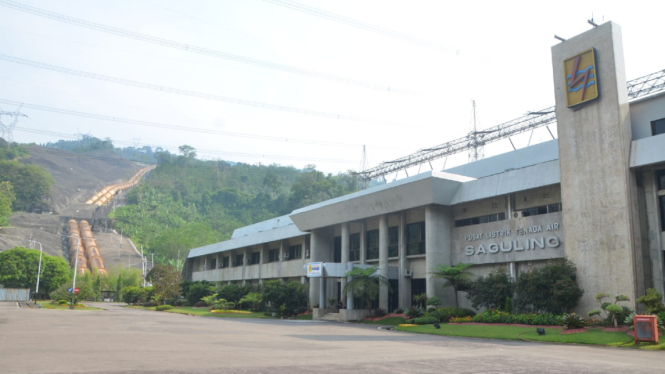image.png
In the breakdown, the sector that registered an exponential increase was Education, with 52.7%due to the sharp increases in school fees. Also on the podium was Communication (15.9%), due to increases in telephone and internet ratesand thirdly, Housing, water, electricity, gas and fuel (13.3%), due to increases in electricity bills.
The division with the highest incidence in all regions was Food and non-alcoholic beverages (10.5%) and the rise in meats and derivatives, milk, dairy products and eggs, vegetables, tubers and legumes and bread and cereals.
At the category level, Regulated (18.1%) led the increase followed by Seasonal (11.1%), while The core CPI registered an increase of 9.4%, and thus managed to break into double digits.
Inflation: what is behind the March data
“Es very good informationin terms of inflation slowdownwhy March is particularly one of the most complex months of the year due to increases in educationfor updating the quotas. But the drop of more than two points between February and March talks about the process of deceleration is being faster than expected,” the economist told this medium. Lorenzo Sigaut Gravinadirector of Balance.
For its part, since Romano Groupanalyzed: “Although the decline is clear in terms of price evolutionwe do not fail to highlight that – these are still high levels of inflation – with tariffs looming and due to its own inertia, each point will be more difficult to lower than the previous one.
For Rocio Bisangeconomist Eco Gowas two opposing factors that contributed to the construction of the data. On the one hand, The items linked to regulated services were above inflation“pressing upwards in a context of relative price correction with increases in prepaid bills, schools, electric energy (which was calculated distributed between February and March), among others.”
On the other hand, he specified: “The collapse of consumption in the face of the fall in real wages contained inflation, with the categories linked to non-essential consumption being the ones that showed the smallest increases.” Bisang even explained that surprised the data of dresswhich this time was located below the general level, when normally in March due to the change of season it is usually an item that stands out.
At a more macro level, the Eco Go economist analyzed: “The combination of fiscal adjustment, ironed dollar and stable gappositive expectations (where the reduction of the quasi-fiscal deficit plays an important role with the negative rate) and growth of reserves, have a positive effect on the deceleration of inflation. However, there is still a long way to go to talk about a sustainable change in inflationary dynamics and the coming months may represent a challenge at both an economic, social and political level.”
CPI: annual highest in more than 3 decades
image.png
Interannual inflation was at 287,9%, the highest inflation since March 1991, specifically in 33 yearshowever, The slowdown in monthly measurement leaves some interesting data.
“Although this is still a high level of inflation, the trend is evident and The March figure is the lowest since November of last yearand also lower than that of September and August 2023. In the previous 12 months, only 5 were below this number”he explained Salvador Vitellihead of research Romano Group.
This inflation data, in addition, was below what the consulting firms projected (the average was 12.4%)y of the BCRA’s REM, which projected the March measurement at 12.5%.
Refering to geographical division of the countrythe data of GET and of the pampas region with 11.5% and 11.3%, respectively, while they were below the CPI, the Patagonia (10.5%), the Northeast (10,3%), Whose (9.3%), and the Northwest (8,8%).
April inflation: what can we expect
As reported Sigaut Gravinain the two first weeks of April it has been giving very low and surely we will have food and drinks in one digit.” He also announced that core inflation will likely continue to decline further, but we will have to pay attention to regulated prices and particularly gas rates.
“This also impacts higher cost of business, but it takes longer to translate them into the final prices. Anyway, I want to say that the regulated ones are going to rise again and it’s going to be very strong, which is why one could expect April to end in double digits,” he concluded. Gravina.
For its part, Eugenio MariChief Economist of the Freedom and Progress Foundationprojected: “For the first week of April it showed that The retail price index grew by 10.2% monthly. That is, the price index continues to decelerate. Based on these data, We project that April will close with a monthly increase of 9.5%; even in the face of the impact of the rate increase.
“Below the two digits, the market sees a downward path and what will have the most impact will obviously be seeing the food data that has been falling in recent weeks. Then we would have to start thinking about what could happen an impact of between 2 and 3% due to the rate increase for both gas and electricity and fuel,” added the economist Federico Glustein.
For April, data from the retail price survey of C&T for the GBA region show a strong impact of the adjustments in gas and water service but an important moderation in the vast majority of the rest of the itemsincluding Food and beverages, which are key in core inflation. Therefore, total inflation for the month could reach single digits.


